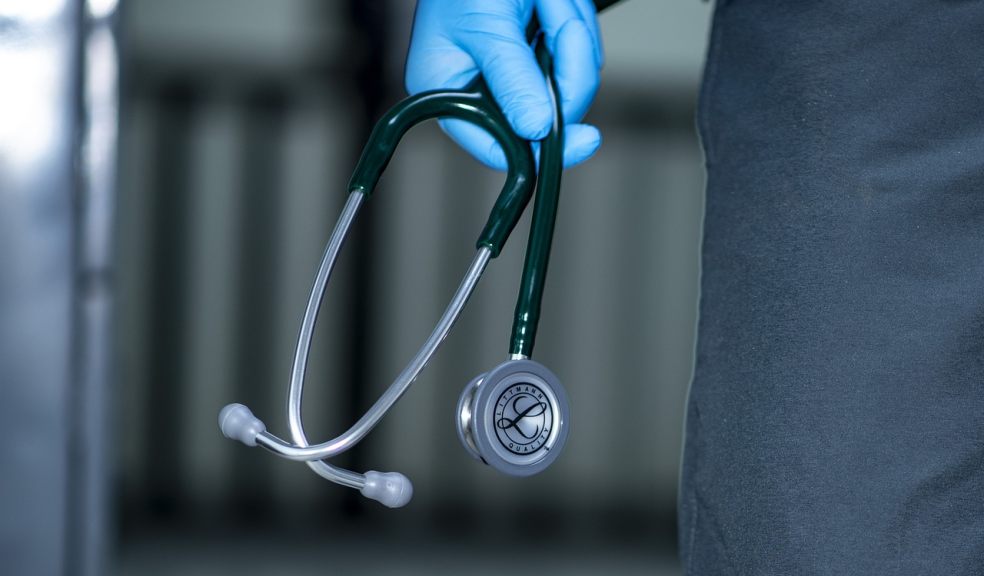
Best Practices for Improving Healthcare Facility Operations
Improving healthcare facility operations is crucial in providing high-quality patient care and ensuring the sustainability of healthcare systems. As medical technologies advance and patient needs evolve, facilities must adapt their operations to stay efficient and competitive. Creating a strategy that incorporates modern best practices is xessential for healthcare administrators committed to excellence. Below, we explore top practices that can transform healthcare facility operations, beginning with the integration of cutting-edge technology.
Embracing Technology for Streamlined Healthcare Management
Modern healthcare relies heavily on technology to enhance efficiency and patient care. Electronic Health Records (EHRs) centralize patient information, enabling quick access for healthcare providers and reducing administrative tasks. Meanwhile, many healthcare organizations can also strengthen system reliability and regulatory compliance through HIPAA-Compliant managed services that can support secure integrations, continuous monitoring, and protected data workflows. Telemedicine extends healthcare services to remote areas, optimizing provider resources. Patient portals improve communication and engagement, while AI aids in predictive analytics for better resource management.
Interoperability among systems ensures seamless data sharing and coordinated care, critical for patient safety. Robust cybersecurity measures safeguard sensitive information. Organizations can look to ECRI, a trusted voice in healthcare, for guidance on implementing and maintaining these technologies securely.
Implementing Lean Principles to Reduce Waste in Healthcare Settings
Lean methodology, rooted in manufacturing, is increasingly vital in healthcare, aiming to minimize waste and maximize value. It helps healthcare facilities identify and streamline non-essential processes, optimizing resource allocation for direct patient care. By embracing lean principles like value stream mapping, facilities enhance patient flow, reduce inefficiencies, and tailor care delivery, ultimately boosting patient satisfaction and outcomes.
Successful adoption of lean techniques in healthcare, spanning areas from labs to emergency rooms, has shown significant benefits such as reduced wait times and improved service quality. These initiatives not only empower staff to innovate daily tasks but also foster a culture of continuous improvement, supported by leadership commitment and comprehensive training in lean methodologies. This approach cultivates an adaptable healthcare environment capable of meeting diverse challenges effectively.
Enhancing Patient Experience through Operational Excellence
In modern healthcare, delivering exceptional patient experiences hinges on efficient operational processes. Beyond medical outcomes, every interaction within the healthcare system—from scheduling appointments to post-discharge follow-ups—shapes patient satisfaction and loyalty. Hospitals and clinics can elevate these experiences by optimizing physical spaces for comfort and accessibility, while clear communication about services and billing builds trust and reduces anxiety.
Personalized care, facilitated by data analytics, meets patient expectations for tailored and swift services, while feedback mechanisms like surveys provide crucial insights for continual improvement. The quality of patient care is intertwined with employee satisfaction. Happy and engaged staff create positive interactions with patients, enhancing overall experiences. Investments in staff tools and training not only improve job satisfaction but also foster a supportive environment that benefits patient care and satisfaction alike.
Prioritizing Staff Training and Development for Better Care Delivery
In healthcare, our people are our greatest asset. Investing in their ongoing training and development is crucial for delivering excellent care. Continuous education keeps our team current with the latest medical advancements and technologies, ensuring top-tier service. It also shows our commitment to their growth, boosting morale, reducing turnover, and attracting top talent.
Beyond clinical skills, we prioritize soft skills like communication and teamwork. These are essential for fostering a patient-centered culture and for effective interdisciplinary collaboration. Our leadership programs further prepare our staff for management roles, ensuring our facility is led by those who truly understand its operations and values. Simulation training plays a pivotal role too, allowing our team to practice and refine skills in realistic scenarios, ultimately improving patient outcomes and safety. Together, these efforts create a dynamic learning environment where innovation and research thrive, benefiting both our team and the patients we serve.
Regularly Evaluating and Updating Healthcare Policies
Healthcare policies form the foundation of operations, ensuring consistent care delivery. Regular updates are crucial to meet regulations and adopt best practices, reducing risks and enhancing patient care quality. Policies should be clear, user-friendly, and accessible to all staff, guiding daily operations effectively. Continuous training on policy changes keeps everyone aligned with high care standards.
Engaging stakeholders in policy reviews, including frontline workers and patients, offers diverse perspectives and improves practicality. This collaborative approach ensures policies are relevant and well-implemented. It's vital that policies support rather than hinder staff, fostering a constructive organizational culture focused on patient safety and care excellence.
Altogether, the synergy of embracing new technologies, adhering to lean principles, enhancing patient experiences, investing in staff training, and regularly revising healthcare policies can dramatically improve healthcare facility operations. By focusing on these areas, administrators can lead their facilities to newfound heights of efficiency and care quality, ensuring that both patients and staff are equipped to handle the demands of modern healthcare.













